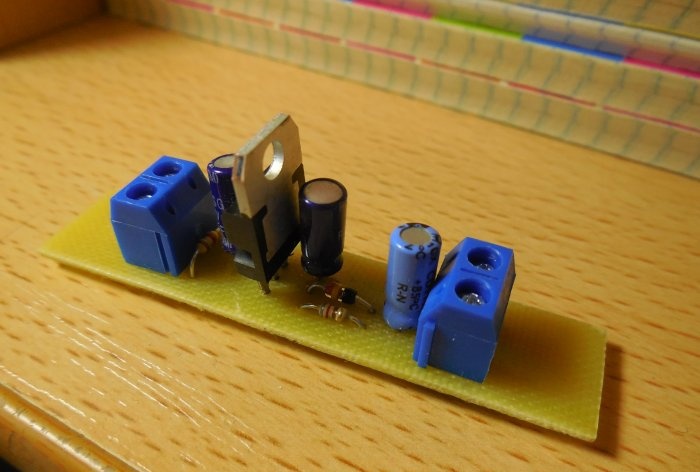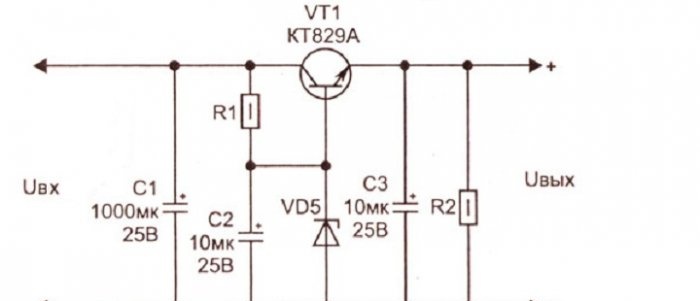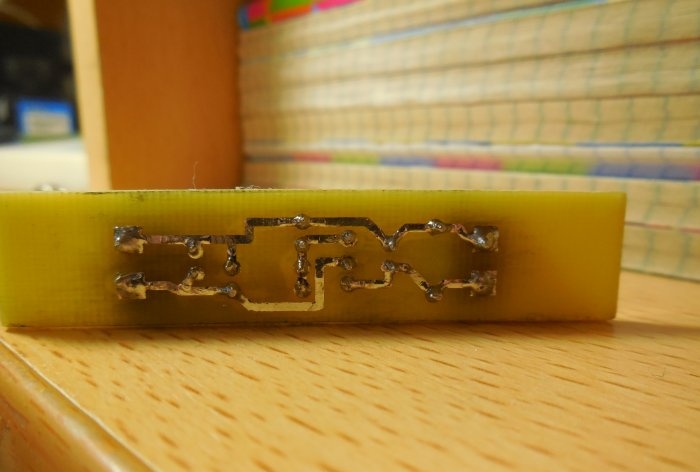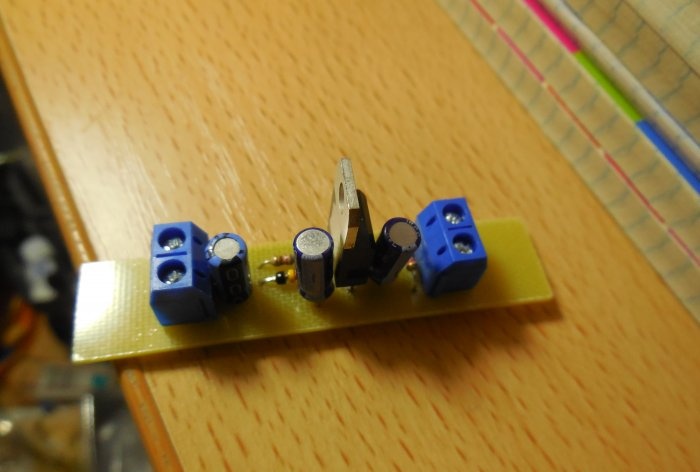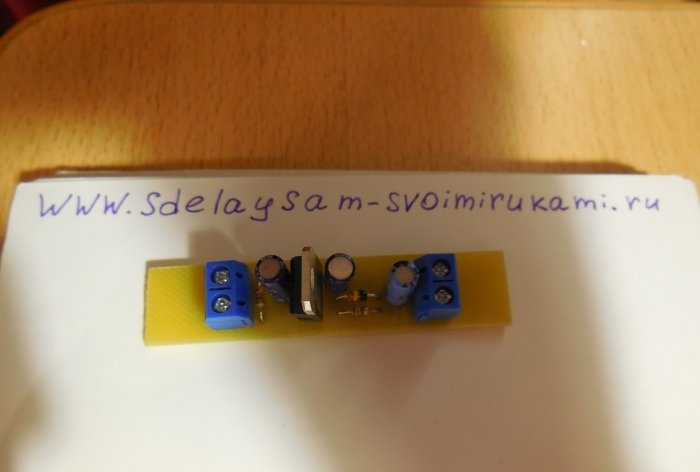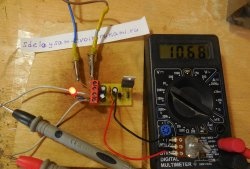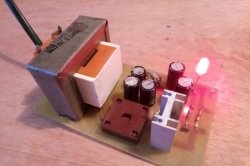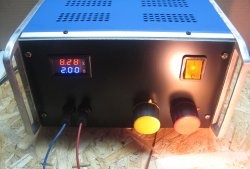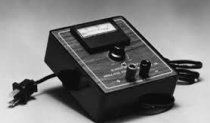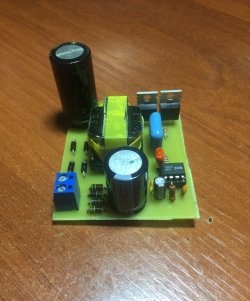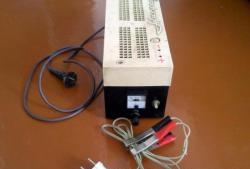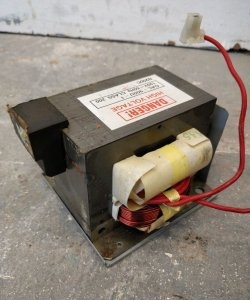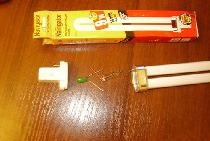Parametric stabilizer based on a transistor and a zener diode
As you know, no electronic device works without a suitable power source. In the simplest case, a conventional transformer and a diode bridge (rectifier) with a smoothing capacitor can act as a power source. However, a transformer for the required voltage is not always at hand. Moreover, such a power source cannot be called stabilized, because the voltage at its output will depend on the voltage in the network.
An option to solve these two problems is to use ready-made stabilizers, for example, 78L05, 78L12. They are convenient to use, but again they are not always at hand. Another option is to use a parametric stabilizer using a zener diode and a transistor. Its diagram is shown below.
Stabilizer circuit
VD1-VD4 in this diagram is a regular diode bridge that converts alternating voltage from the transformer to direct voltage. Capacitor C1 smoothes out voltage ripples, turning the voltage from pulsating to constant.In parallel with this capacitor, it is worth installing a film or ceramic capacitor of small capacity to filter high-frequency ripples, because At high frequencies, the electrolytic capacitor does not do its job well. Electrolytic capacitors C2 and C3 in this circuit are used for the same purpose - smoothing out any ripples. The R1 – VD5 chain serves to form a stabilized voltage, the resistor R1 in it sets the stabilization current of the zener diode. Load resistor R2. The transistor in this circuit absorbs the entire difference between the input and output voltage, so a decent amount of heat is dissipated on it. This circuit is not intended for connecting a powerful load, but, nevertheless, the transistor should be screwed to the radiator using heat-conducting paste.
The voltage at the output of the circuit depends on the choice of zener diode and the value of the resistors. Below is a table that shows the ratings of the elements to produce an output of 5, 6, 9, 12, 15 volts.

Instead of the KT829A transistor, you can use imported analogues, for example, TIP41 or BDX53. It is permissible to install any diode bridge that is suitable for current and voltage. In addition, you can assemble it from individual diodes. Thus, using a minimum of parts, a functional voltage stabilizer is obtained, from which other electronic devices that consume low current can be powered.
Photo of the stabilizer I assembled:
Device board
Author – Dmitry S.

